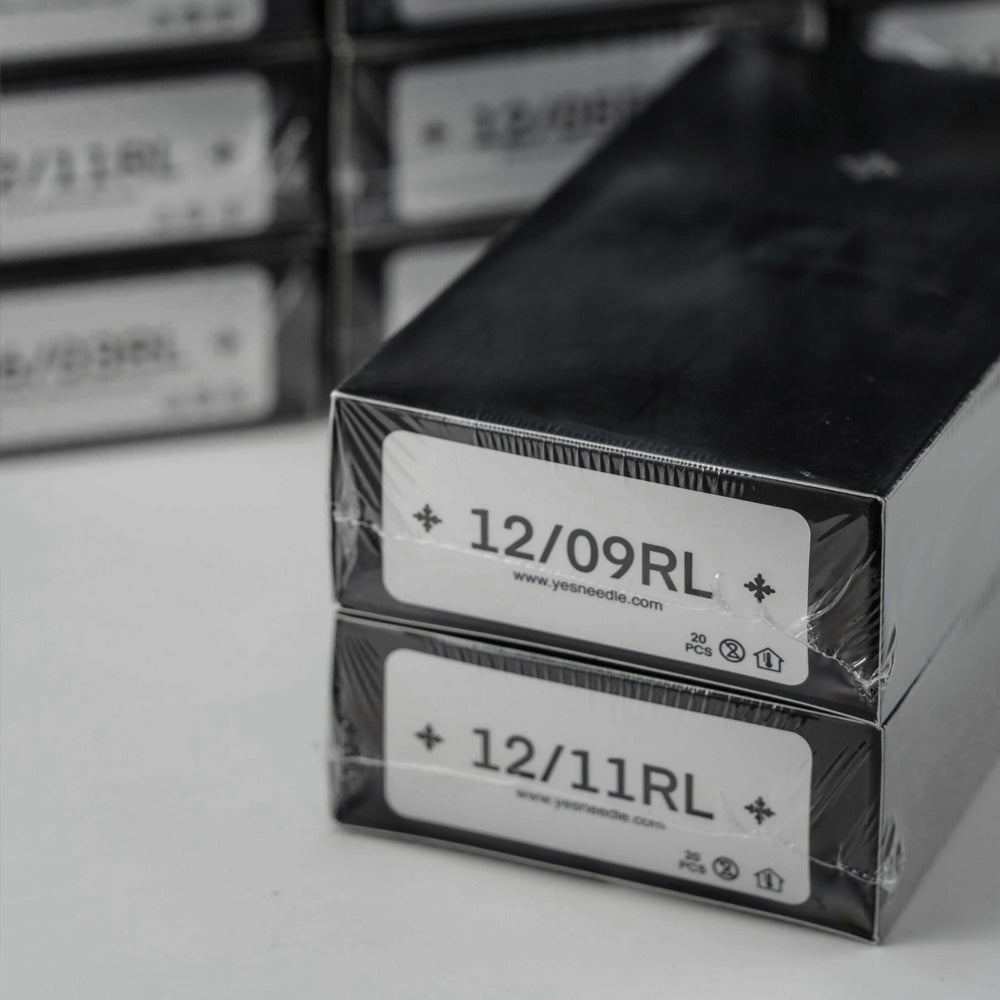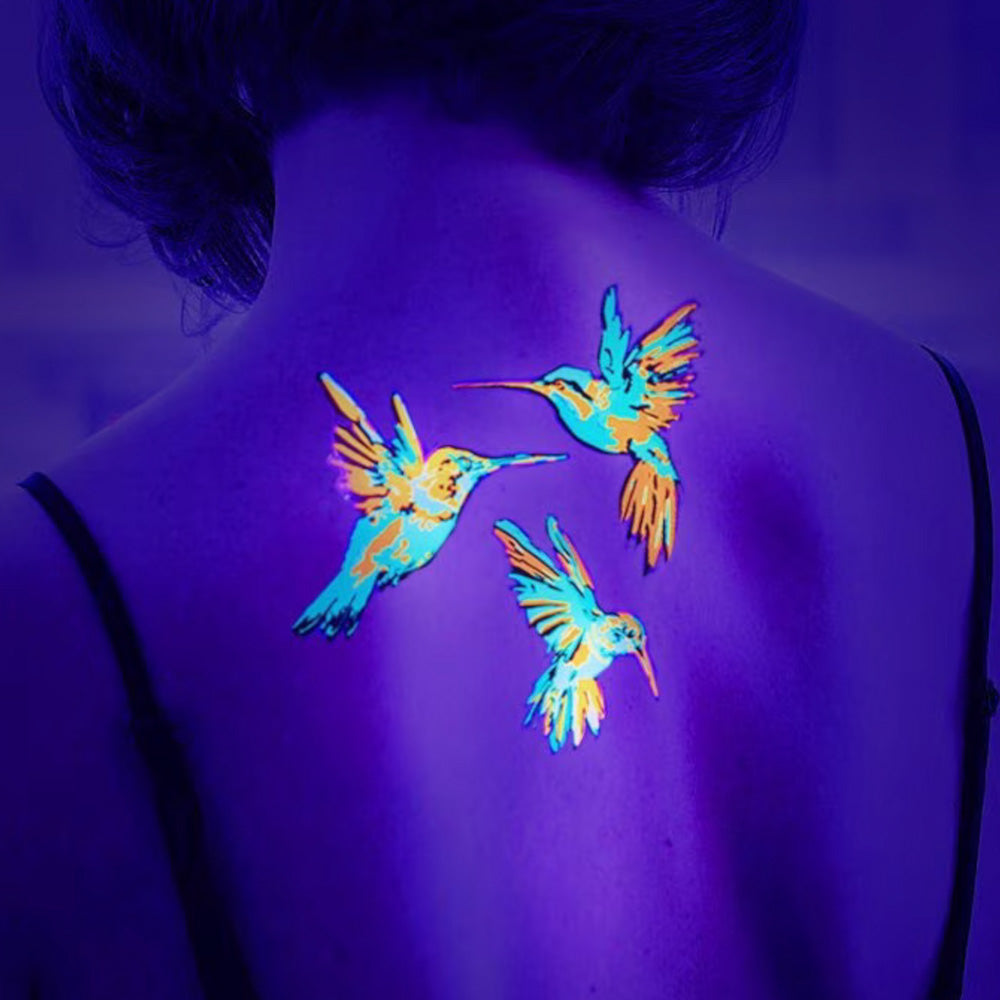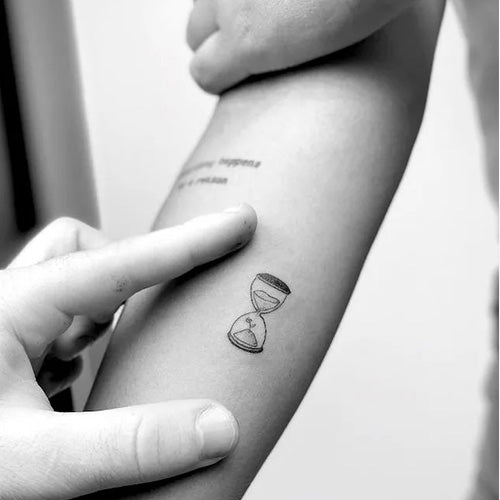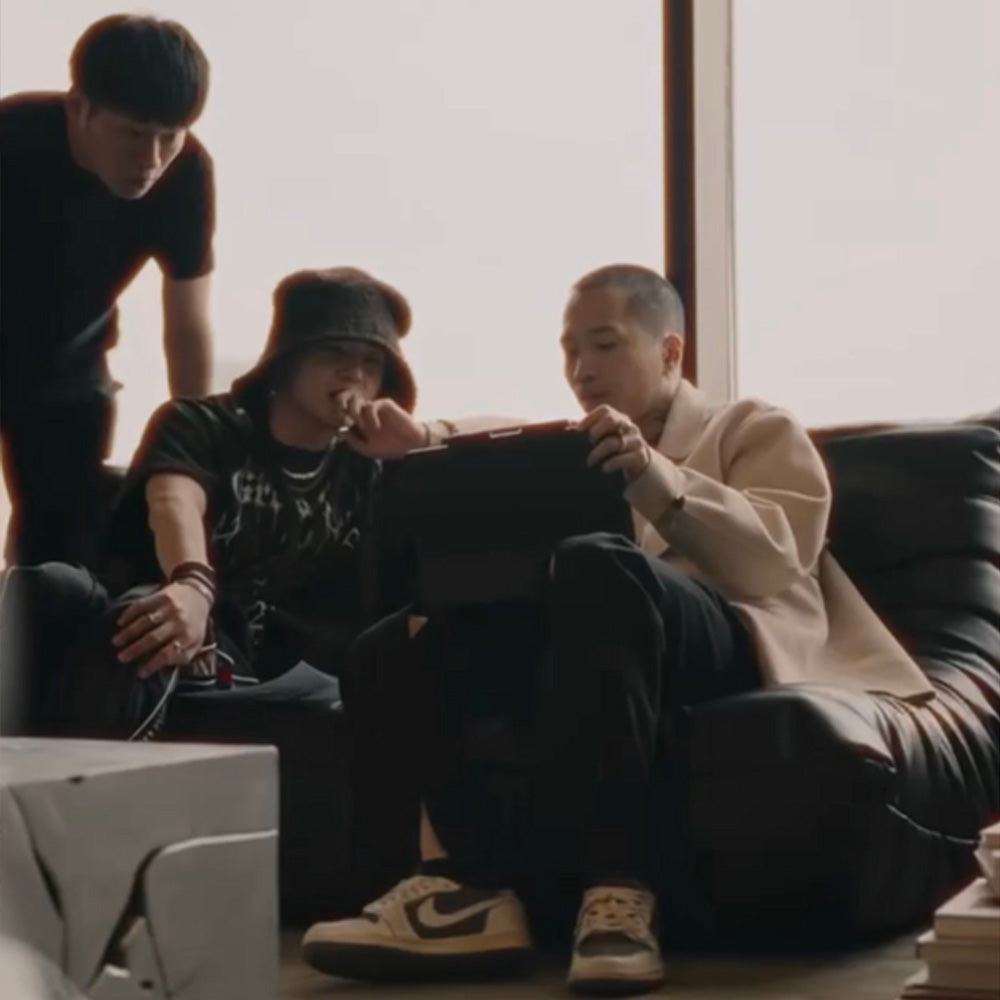Wie man Tattoo-Grip-Tape verwendet: Weil Ihre Hände etwas Besseres verdienen
Lassen Sie uns über etwas sprechen, das Ihre Hände retten und Ihre Arbeit verändern wird - Tattoo-Grip-Tape. Nachdem ich jahrelang beobachtet habe, wie Künstler mit Ermüdung der Hände, Krämpfen und dem gefürchteten "Tattoo-Shake" zu kämpfen hatten, bin ich überzeugt, dass die richtige Verwendung von Klebeband die am meisten unterschätzte Fähigkeit in unserer Branche ist.
Was ist Tattoo-Grip-Tape (und warum Sie es brauchen)
Tattoo-Grip-Tape ist ein selbstklebendes Baumwollband, das den Griff Ihrer Maschine verstärkt, Vibrationen dämpft und Ihnen die Kontrolle gibt, die Sie bisher vermisst haben. Stellen Sie sich den Unterschied zwischen einer rutschigen Metallstange und einem gepolsterten Griff vor - womit würden Sie lieber 8 Stunden lang arbeiten?
Die Realität sieht so aus: Probleme mit der Griffigkeit von Tätowiermaschinen verursachen mehr berufsbeendende Verletzungen als alles andere. Karpaltunnel, Sehnenentzündungen, chronische Müdigkeit - das sind keine Ehrenabzeichen, sondern vermeidbare Probleme. Und es beginnt mit etwas so Einfachem wie einem Klebeband für Tätowiermaschinenanwendungen.

Richtiges Anbringen von Grip Tape
Das richtige Halten einer Tätowiermaschine beginnt mit der richtigen Vorbereitung des Griffs. Hier ist meine getestete Methode:
Schritt 1: Reinigen Sie Ihren Griff, egal ob Sie Einwegschläuche oder Edelstahl verwenden, beginnen Sie sauber. Jegliche Rückstände beeinträchtigen die Haftung des Klebebands.
Schritt 2: Beginnen Sie an der Unterseite des Griffs und überlappen Sie jede Schicht um etwa 1/3. So erhalten Sie eine gleichmäßige Dicke ohne unförmige Stellen.
Schritt 3: Der "Sweet Spot" Die meisten Künstler benötigen 3-4 Lagen für eine optimale Dämpfung. Wenn sie zu dünn sind, entgehen Ihnen die Vorteile. Bei einer zu dicken Schicht geht die Präzision verloren - besonders wichtig bei der Verwendung von Qualitätspatronen wie YES NEEDLE, bei denen sich jede Bewegung direkt auf die Haut überträgt.
Schritt 4: Fixieren Sie es Medizinisches Klebeband haftet an sich selbst, nicht an Ihren Handschuhen. Drücken Sie es nach dem Umwickeln fest zusammen, um die Selbsthaftung zu aktivieren. Keine klebrigen Rückstände, keine abblätternden Ecken.
Warum die Griffdicke alles verändert
Wie man eine Tätowierpistole (ja, ich weiß, wir sagen "Maschine") hält, hängt nicht nur von der Handhaltung ab, sondern auch vom Griffdurchmesser. Ein dickerer Griff bedeutet:
- Weniger Fingerspannung erforderlich
- Bessere Vibrationsabsorption
- Stabilerer Griff der Tätowiermaschine
- Geringere Ermüdung der Hand um bis zu 60 %
Als ich von bloßen Griffen zu richtig umwickelten Griffen wechselte, wurden meine 6-Stunden-Sitzungen zu 8-Stunden-Sitzungen ohne Handkrämpfe. Das ist bares Geld in Ihrer Tasche.
Häufige Grip Tape-Fehler, die Karrieren zerstören
Umhüllung: Mehr ist nicht immer besser. Riesige Griffe erzwingen eine ungünstige Handhaltung.
Falsche Materialien verwenden: Normales medizinisches Klebeband nutzt sich ab. Sportliches Klebeband hinterlässt Rückstände. Tattoo-Grip-Tape ist speziell für unsere Bedürfnisse entwickelt worden - es ist porös, selbstklebend und wird nicht von grüner Seife zersetzt.
Ignorieren der Handposition: Klebeband ist keine Zauberei. Du brauchst immer noch die richtige Grifftechnik für Tattoos.
Der Vibrationsfaktor, über den niemand spricht
Hier ist die Wissenschaft: Tätowiermaschinen vibrieren mit 50-150 Hz. Diese ständige Vibration verursacht Mikrotraumata an Ihren Händen. Grip Tape für Tätowiermaschinen wirkt wie ein Stoßdämpfer und reduziert die Vibrationsübertragung um bis zu 40 %.
Es geht nicht nur um Komfort, sondern auch um die Langlebigkeit der Karriere. Jede Sitzung ohne angemessene Dämpfung ist ein kumulativer Schaden. Ich habe zu viele talentierte Tätowierer gesehen, die vorzeitig aufhören mussten, weil ihre Hände es nicht mehr aushielten.
Die Einrichtung des Profis
Mein persönliches Setup:
- 2" breites schwarzes Griffband (passt zu allem)
- 3-4 Lagen für Standardgriffe
- Wechselt alle 3-4 Tage, aber reinigen Sie es sorgfältig nach Gebrauch.
- Extra Wrap auf der Basis für die Balance
Kombiniert mit Qualitätspatronen und die richtige Technik, hat dieses Setup meine Hände gesund durch 15 Jahre der Tätowierung gehalten. Keine Operation, keine chronischen Schmerzen, nur beständige Leistung.

Deine Hände sind deine Karriere
Die Suchanfragen zum Halten einer Tätowierpistole steigen jedes Jahr sprunghaft an, da neue Künstler in dieses Gebiet einsteigen. Aber die Haltetechnik ist nur die Hälfte der Gleichung. Die andere Hälfte? Die Pflege der Werkzeuge, die für dich sorgen.
Tattoo-Grip-Tape ist nicht nur ein Accessoire - es ist eine Versicherung für deine Karriere. Es ist der Unterschied, ob du mit 40 Jahren mit zerstörten Händen in Rente gehst oder bis zu deinem 60. Lebensjahr tätowierst, weil du die Vorbeugung ernst genommen hast.
Wenn du das nächste Mal deinen Griff umwickelst, denk daran: Jede Schicht ist eine Investition in deine Zukunft. Jede Sitzung mit der richtigen Polsterung ist ein weiterer Tag, den Sie gestalten können. Und jede kleine Verbesserung des Komforts führt zu besserer Kunst.
Denn schließlich sind wir nicht nur Künstler, sondern auch Präzisionssportler. Behandeln Sie Ihre Ausrüstung und sich selbst entsprechend.




